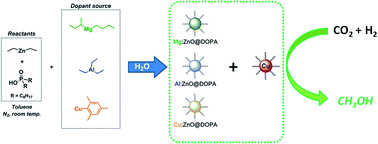Publications
2024
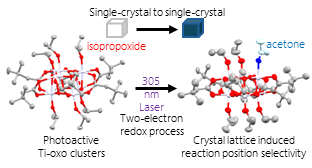
2023

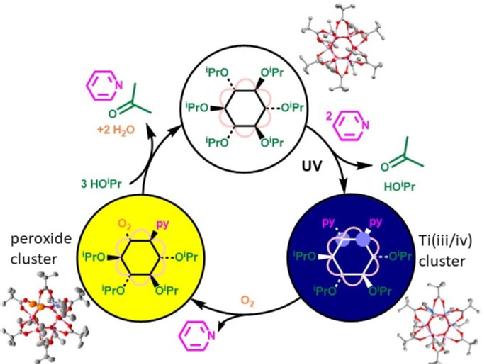
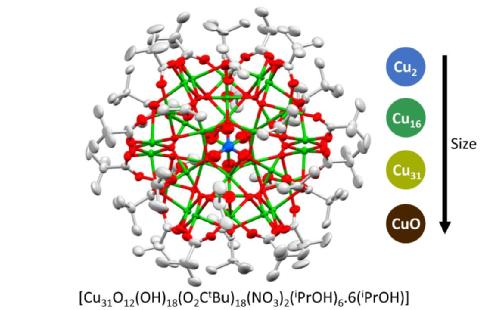
2022
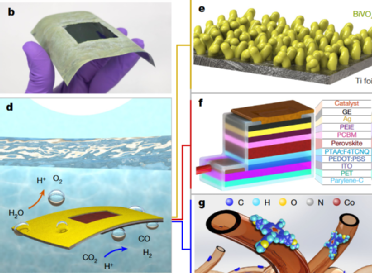
2021
29. Wei-Hui Fang*, Rosa Muller, Rajesh B. Jethwa, Victor Riesgo-Gonzalez, Ning Li, Sebastian D. Pike, Andrew D. Bond, He-Kuan Luo, Cheng Zhang and Dominic S. Wright*, Dalton Trans., 2021, 50, 17202 , Titanium compounds containing naturally occurring dye molecules.
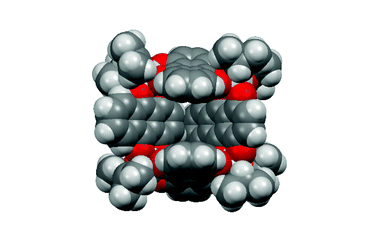
Faraday Discuss., 2021, 231, 127, Fundamental studies and design of MOFs: general discussion,
Faraday Discuss., 2021, 231, 305, Applications and developments (part 2): general discussion,
2020
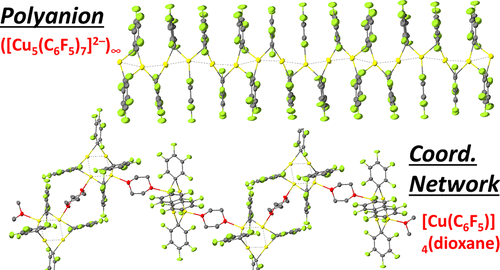
27.
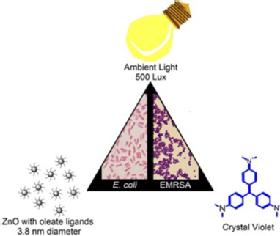 25. Haijiao Lu, Dominic S. Wright*, Sebastian D. Pike*, Chem. Commun., 2020, 56, 854, "The use of mixed-metal single source precursors for the synthesis of complex metal oxides".
25. Haijiao Lu, Dominic S. Wright*, Sebastian D. Pike*, Chem. Commun., 2020, 56, 854, "The use of mixed-metal single source precursors for the synthesis of complex metal oxides".
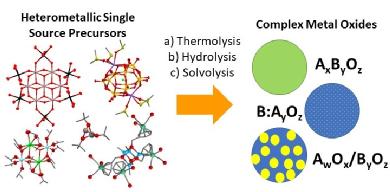
2019

2018


20. Layered zinc hydroxide monolayers by hydrolysis of organozincs”

2017
19. Selected as HOT article for 2017.



2016
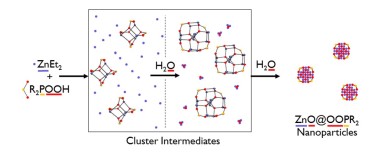


2015





7. S. D. Pike, T. Kramer, N. H. Rees, S. M. Macgregor*, A. S. Weller*, Organometallics, 2015, 34, 1487: “Stoichiometric and Catalytic Solid-Gas Reactivity of Rhodium Bis-Phosphine Complexes.” Front Cover Image: Vol 34, Issue 8, April 27 2015.


2014

2013


2012
2. S. D. Pike, A. L. Thompson, A. s. G. Algarra, D. C. Apperley, S. A. Macgregor*, A. S. Weller*, Science, 2012, 337, 1648-1651: “Synthesis and Characterization of a Rhodium(I) σ-Alkane Complex in the Solid State.” Highlighted in Diamond Light Source Annual Review 2012/13.

2011

Mini Overviews
34. Photoinitiated Single-Crystal to Single-Crystal Redox Transformations of Titanium-Oxo Clusters.
In this study, single crystals of titanium-oxo-alkoxide clusters are irradiated by a UV laser, undergoing an irreversible photoredox process in the single crystal phase. The whole photochemical reaction is studied using X-ray diffraction, revealing a photoreduced Ti-oxo cluster with a (photooxidised) acetone ligand coordinated to the structure. The proximity of adjacent alkoxide groups (C-H...O distance) is crucial for reactivity and determines the site-selectivity in the crystal phase.
32. Photoactivation of titanium-oxo cluster [Ti6O6(OiPr)6(O2CtBu)6]: mechanism, photoactivated structures, and onward reactivity with O2 to a peroxide complex.
Earth-abundant titanium-oxo clusters undergo a photoreaction under UV light resulting in a deeply coloured mixed-valence cluster. The study shows that this photoreaction does not occur via free radicals, instead using cooperativity between the multiple titanium centres in the cluster to promote two-electron bond breaking/making steps, paving a way to using these systems for controlled and selective photocatalysis. Reaction of the photoreduced cluster with O2 results in the formation of a peroxide complex.
31. Synthesis of a nanoscale Cu(II)31-oxo-carboxylate cluster, and effect of Cu–oxo cluster size on visible-light absorption
In this report the largest Cu-oxo cluster with exclusively O-donor ligands is reported, with a maximum diameter of 1.5 nm and a condensed Cu+O core. This yellow/geen cluster absorbs more visible light than smaller Cu-oxo clusters or Cu complexes, indicating that it begins to behave more like a CuO nanostructure.
28. Exploring the Synthesis and Coordination Chemistry of PentafluorophenylCopper: Organocopper Polyanions and Coordination Networks
Organocopper reagents are useful in inorganic and materials synthesis, and are often generated in-situ for organic transformations. In this paper we investigate routes to make pentafluorophenylcopper with a strong electron withdrawing organo-group. Our in-situ NMR spectroscopic study shows the importance of solvent choice in the synthesis and we capture the crystal structure of [CuC6F5]4(dioxane) over 50 years after its initial discovery. By using THF solvent in the synthesis a range of unusual magnesium cuprates can be formed including a remarkable organocopper polymer!

